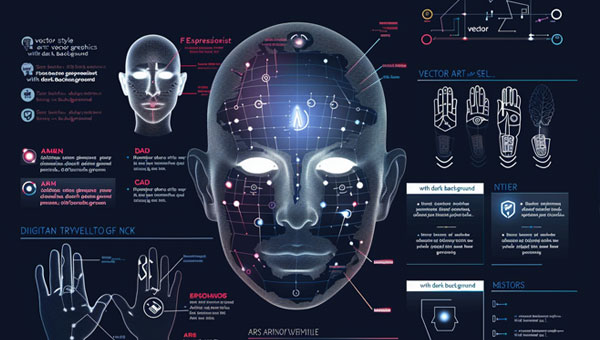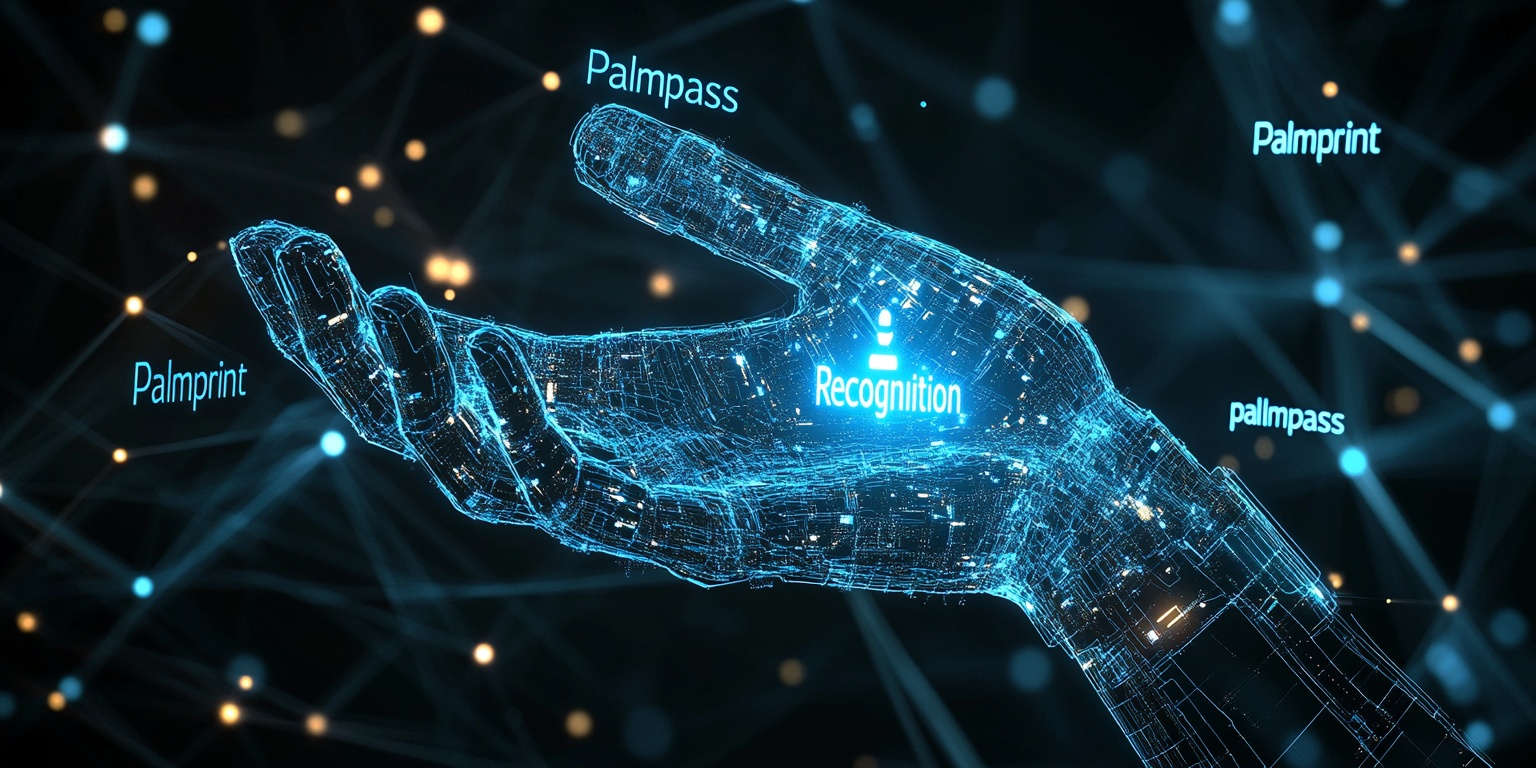What is Cybersecurity?
Cybersecurity involves protecting digital systems, networks, and data from threats to ensure privacy, integrity, and operational continuity.
Cybersecurity stands as a critical pillar in our digital age, encompassing practices, technologies, and strategies designed to protect systems, networks, devices, and data from malicious attacks and unauthorized access. As our reliance on digital infrastructure grows, so too does the importance of robust cybersecurity measures to safeguard sensitive information and ensure the integrity of operations across various sectors.

Key Components of Cybersecurity
Protection: At its core, cybersecurity focuses on preventing unauthorized access to data and systems. This involves deploying various layers of security measures such as firewalls, encryption protocols, and access controls to defend against cyber threats.
Detection: Despite preventive measures, cyber threats can sometimes breach defenses. Detection mechanisms, including intrusion detection systems (IDS) and continuous monitoring, are essential to identify suspicious activities and potential breaches promptly.
Response: Rapid response to cyber incidents is crucial to mitigate potential damage. Incident response plans outline steps to contain threats, minimize impact, and restore affected systems to normal operations swiftly.
Recovery: Cyber resilience involves the ability to recover from cyberattacks or data breaches. This includes backups, disaster recovery plans, and ensuring that systems can be restored with minimal disruption to business operations.
Types of Cybersecurity Threats
Cyber threats are diverse and constantly evolving, posing challenges to organizations and individuals alike:
Malware: Malicious software designed to disrupt, damage, or gain unauthorized access to computer systems or networks.
Phishing: Social engineering attacks that trick users into divulging sensitive information such as passwords or financial details.
Denial-of-Service (DoS) Attacks: Overwhelming a network or system with excessive traffic to disrupt service availability.
Ransomware: Holding data hostage by encrypting files and demanding payment for decryption.
Insider Threats: Risks posed by employees, contractors, or partners who misuse their authorized access for malicious purposes.
Importance of Cybersecurity
Protection of Data: Cybersecurity ensures the confidentiality, integrity, and availability of sensitive information, including personal data, financial records, and intellectual property.
Business Continuity: Effective cybersecurity measures safeguard business operations from disruptions caused by cyber incidents, preserving trust and customer confidence.
Legal and Regulatory Compliance: Many industries are subject to strict data protection regulations. Implementing robust cybersecurity practices helps organizations comply with these requirements and avoid potential legal liabilities.
Public Safety: In sectors such as healthcare, transportation, and utilities, cybersecurity is vital to safeguarding critical infrastructure and ensuring public safety.
Future Trends in Cybersecurity
As technology advances, cybersecurity evolves to address emerging threats:
Artificial Intelligence (AI) and Machine Learning: Leveraging AI to enhance threat detection capabilities and automate response to cyber incidents.
IoT Security: Securing interconnected devices and networks in the Internet of Things (IoT) ecosystem against cyber threats.
Cloud Security: Ensuring the protection of data and applications hosted in cloud environments through advanced encryption and access controls.
In conclusion, cybersecurity plays a pivotal role in safeguarding our increasingly interconnected digital world. By implementing proactive measures, staying vigilant against emerging threats, and fostering a culture of cybersecurity awareness, organizations and individuals can effectively mitigate risks and protect valuable assets in the face of evolving cyber challenges.










